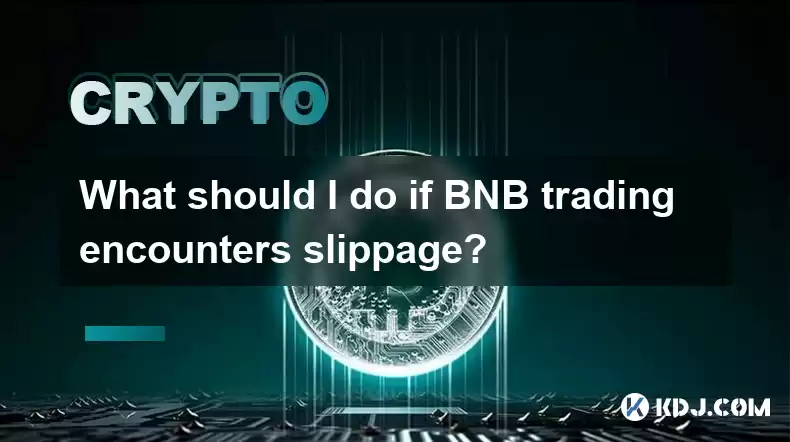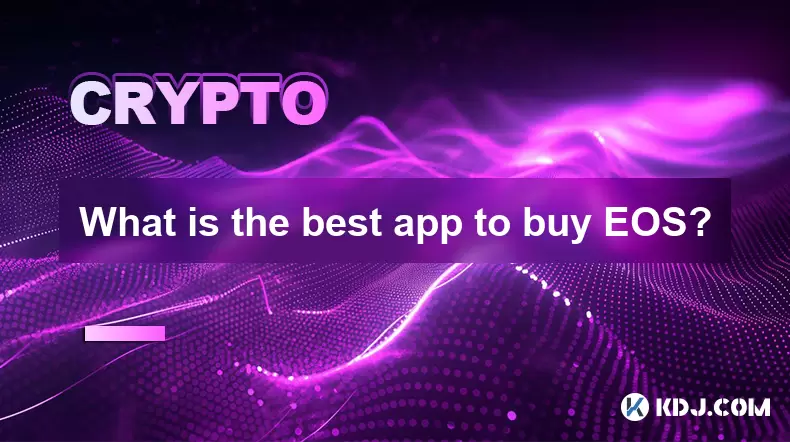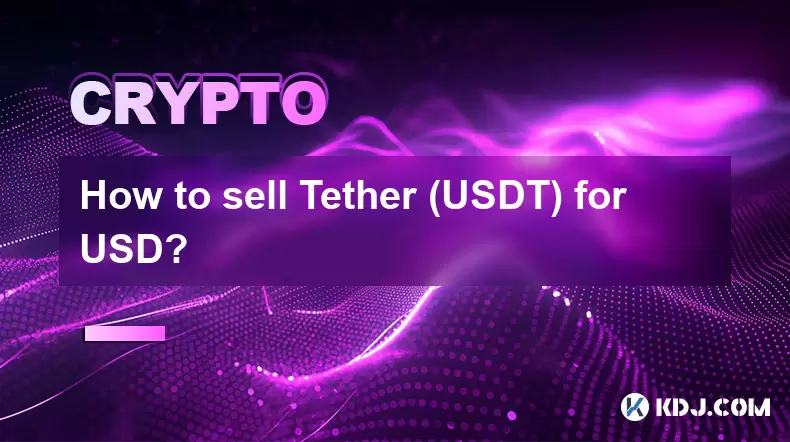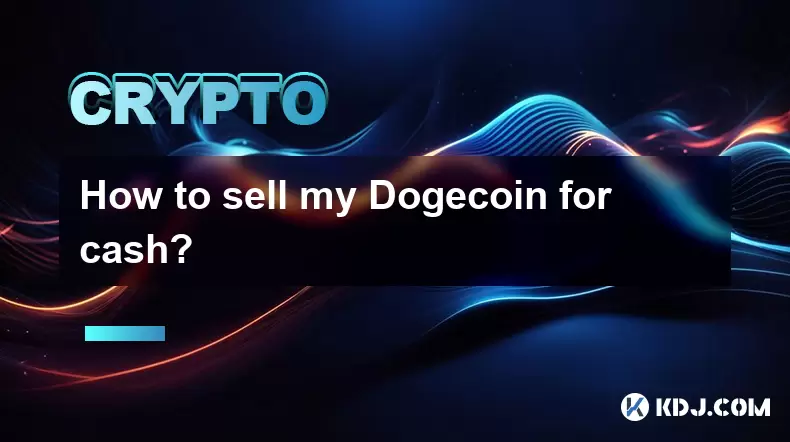-
 Bitcoin
Bitcoin $116700
2.16% -
 Ethereum
Ethereum $3830
5.76% -
 XRP
XRP $3.082
4.56% -
 Tether USDt
Tether USDt $1.000
0.04% -
 BNB
BNB $777.8
1.96% -
 Solana
Solana $173.2
5.46% -
 USDC
USDC $0.0000
0.02% -
 Dogecoin
Dogecoin $0.2146
6.85% -
 TRON
TRON $0.3384
0.92% -
 Cardano
Cardano $0.7676
5.51% -
 Hyperliquid
Hyperliquid $39.28
4.90% -
 Sui
Sui $3.723
9.07% -
 Stellar
Stellar $0.4164
6.32% -
 Chainlink
Chainlink $17.36
5.78% -
 Bitcoin Cash
Bitcoin Cash $580.9
3.62% -
 Hedera
Hedera $0.2544
5.50% -
 Ethena USDe
Ethena USDe $1.001
0.02% -
 Avalanche
Avalanche $22.81
3.81% -
 Litecoin
Litecoin $120.8
3.60% -
 UNUS SED LEO
UNUS SED LEO $8.956
-0.35% -
 Toncoin
Toncoin $3.311
4.28% -
 Shiba Inu
Shiba Inu $0.00001266
4.15% -
 Uniswap
Uniswap $10.10
5.97% -
 Polkadot
Polkadot $3.786
4.80% -
 Dai
Dai $1.000
0.01% -
 Monero
Monero $280.4
-4.02% -
 Bitget Token
Bitget Token $4.405
1.69% -
 Cronos
Cronos $0.1480
5.13% -
 Pepe
Pepe $0.00001087
5.67% -
 Ethena
Ethena $0.6348
11.62%
What should I do if BNB trading encounters slippage?
Slippage in BNB trading, caused by market volatility and low liquidity, can be minimized using limit orders and trading during high liquidity periods.
Apr 20, 2025 at 02:56 pm

When trading BNB, slippage can be a frustrating issue that impacts the efficiency and profitability of your transactions. Slippage occurs when there is a difference between the expected price of a trade and the price at which the trade is actually executed. This article will explore the causes of slippage in BNB trading, and provide detailed strategies and steps to mitigate its effects.
Understanding Slippage in BNB Trading
Slippage in BNB trading refers to the difference between the expected price of a trade and the price at which the trade is actually executed. This can happen due to various reasons such as market volatility, low liquidity, and the size of the order. When trading BNB, it's essential to understand that slippage is not always avoidable, but there are strategies to minimize its impact.
Causes of Slippage in BNB Trading
Several factors can contribute to slippage when trading BNB:
- Market Volatility: High volatility can lead to rapid price changes, making it difficult to execute trades at the desired price.
- Low Liquidity: If there are not enough buyers or sellers at a particular price level, your order may need to be filled at a different price, causing slippage.
- Order Size: Large orders can move the market, especially in less liquid markets, leading to slippage.
- Time of Trade: Trading during peak hours can result in higher slippage due to increased market activity and volatility.
Strategies to Minimize Slippage in BNB Trading
To reduce the impact of slippage when trading BNB, consider the following strategies:
- Use Limit Orders: Limit orders allow you to set a specific price at which you want to buy or sell BNB. This can help you avoid slippage by ensuring your trade is only executed at your desired price.
- Trade During High Liquidity Periods: Trading when the market is more liquid can help reduce slippage. Typically, this occurs during the overlap of major market sessions.
- Monitor Market Depth: Understanding the market depth can help you gauge the liquidity at different price levels and make more informed trading decisions.
- Reduce Order Size: Breaking up large orders into smaller ones can help minimize the impact on the market and reduce slippage.
Implementing Limit Orders to Avoid Slippage
Using limit orders is one of the most effective ways to mitigate slippage in BNB trading. Here's how to set up a limit order on a typical cryptocurrency exchange:
- Log into your exchange account: Ensure you are logged into the platform where you want to trade BNB.
- Navigate to the BNB trading pair: Find the BNB trading pair you wish to trade, such as BNB/USDT or BNB/BTC.
- Select the order type: Choose 'Limit Order' from the order types available.
- Enter the price: Set the price at which you want to buy or sell BNB. This price should reflect your desired entry or exit point.
- Set the amount: Specify the amount of BNB you want to trade.
- Submit the order: After reviewing your order details, submit the order. The trade will only execute if the market reaches your specified price.
Trading During High Liquidity Periods
To minimize slippage, it's beneficial to trade BNB during periods of high liquidity. Here's how you can identify these periods:
- Check Trading Volume: Look at the trading volume of BNB on your exchange. Higher volumes indicate more liquidity.
- Monitor Market Hours: The overlap of major market sessions, such as the Asian and European sessions, often results in higher liquidity.
- Use Market Analysis Tools: Utilize tools that provide insights into market liquidity and volatility, helping you time your trades better.
Monitoring Market Depth for BNB Trading
Understanding market depth can help you anticipate potential slippage. Here's how to monitor market depth:
- Access the Order Book: Most exchanges provide an order book that displays buy and sell orders at different price levels.
- Analyze the Order Book: Look at the spread between the highest bid and the lowest ask. A narrow spread indicates high liquidity, which can reduce slippage.
- Use Depth Charts: Depth charts visually represent the order book, making it easier to understand the liquidity at various price levels.
Reducing Order Size to Minimize Slippage
Breaking up large orders into smaller ones can help minimize slippage. Here's how to do it effectively:
- Determine the Total Order Size: Decide on the total amount of BNB you want to buy or sell.
- Split the Order: Divide the total order into smaller, more manageable chunks. For example, if you want to buy 100 BNB, you could split it into 10 orders of 10 BNB each.
- Execute Orders Sequentially: Place the smaller orders one at a time, monitoring the market's reaction after each execution. This approach can help you avoid moving the market too much with a single large order.
Using Slippage Tolerance Settings
Some decentralized exchanges (DEXs) and trading platforms offer slippage tolerance settings, which allow you to set a maximum acceptable slippage percentage for your trades. Here's how to use these settings:
- Access the Trading Interface: Navigate to the trading interface on your chosen DEX or platform.
- Find Slippage Tolerance Settings: Look for the slippage tolerance or slippage percentage setting. This is usually found in the advanced settings or transaction settings section.
- Set the Slippage Tolerance: Enter the maximum percentage of slippage you are willing to accept. For example, if you set it to 1%, your trade will only execute if the slippage is within that 1% range.
- Confirm and Execute the Trade: After setting the slippage tolerance, review your trade details and submit the order. The platform will automatically cancel the trade if the slippage exceeds your specified tolerance.
Frequently Asked Questions
Q: Can slippage be completely avoided when trading BNB?
A: While it's not possible to completely avoid slippage due to the inherent nature of cryptocurrency markets, the strategies outlined in this article can significantly minimize its impact.
Q: How does slippage affect my trading profits?
A: Slippage can reduce your trading profits by causing you to buy at a higher price or sell at a lower price than intended. Over time, frequent slippage can erode your overall returns.
Q: Is slippage more common on decentralized exchanges (DEXs) than centralized exchanges (CEXs)?
A: Slippage can occur on both DEXs and CEXs, but it may be more pronounced on DEXs due to potentially lower liquidity and the nature of decentralized trading.
Q: Are there any tools or indicators that can help predict slippage?
A: While there are no tools that can predict slippage with certainty, market depth indicators and volume analysis can provide insights into potential liquidity issues that might lead to slippage.
Disclaimer:info@kdj.com
The information provided is not trading advice. kdj.com does not assume any responsibility for any investments made based on the information provided in this article. Cryptocurrencies are highly volatile and it is highly recommended that you invest with caution after thorough research!
If you believe that the content used on this website infringes your copyright, please contact us immediately (info@kdj.com) and we will delete it promptly.
- Ollama Turbo & GPT-OSS: Revolutionizing AI Model Accessibility and Speed
- 2025-08-07 20:29:33
- Bitcoin Ordinals: NFTs Evolving Bitcoin or a Fleeting Fad?
- 2025-08-07 20:29:33
- BlockchainFX, Bitcoin Swift, Crypto Presales: What's the Hype?
- 2025-08-07 19:10:13
- Pepe Dollar (PEPD) vs. SPX6900: The Meme Coin Battle of 2025
- 2025-08-07 19:50:12
- XRP Investment Regret: Are You Missing Out on the Next Big Thing?
- 2025-08-07 19:50:12
- XRPINU: More Than Just a Meme? Roadmap, Liquidity, and the Future of Funny Money
- 2025-08-07 19:56:46
Related knowledge

Where can I buy UMA (UMA)?
Aug 07,2025 at 06:42pm
Understanding UMA and Its Role in Decentralized FinanceUMA (Universal Market Access) is an Ethereum-based decentralized finance (DeFi) protocol design...

What is the best app to buy EOS?
Aug 07,2025 at 04:35pm
Understanding EOS and Its Role in the Cryptocurrency EcosystemEOS is a blockchain platform designed to support decentralized applications (dApps) with...

How to sell Tether (USDT) for USD?
Aug 07,2025 at 03:29pm
Understanding Tether (USDT) and Its USD ValueTether (USDT) is a stablecoin designed to maintain a 1:1 value ratio with the United States Dollar (USD)....

How to sell my Bitcoincoin for cash?
Aug 07,2025 at 02:14pm
Understanding the Basics of Selling Dogecoin for CashSelling Dogecoin for cash involves converting your DOGE tokens into a fiat currency such as USD, ...

What is Chainlink (LINK)?
Jul 22,2025 at 02:14am
Understanding Chainlink (LINK): The Decentralized Oracle NetworkChainlink is a decentralized oracle network designed to bridge the gap between blockch...

What is Avalanche (AVAX)?
Jul 22,2025 at 08:35am
What is Avalanche (AVAX)?Avalanche (AVAX) is a decentralized, open-source blockchain platform designed to support high-performance decentralized appli...

Where can I buy UMA (UMA)?
Aug 07,2025 at 06:42pm
Understanding UMA and Its Role in Decentralized FinanceUMA (Universal Market Access) is an Ethereum-based decentralized finance (DeFi) protocol design...

What is the best app to buy EOS?
Aug 07,2025 at 04:35pm
Understanding EOS and Its Role in the Cryptocurrency EcosystemEOS is a blockchain platform designed to support decentralized applications (dApps) with...

How to sell Tether (USDT) for USD?
Aug 07,2025 at 03:29pm
Understanding Tether (USDT) and Its USD ValueTether (USDT) is a stablecoin designed to maintain a 1:1 value ratio with the United States Dollar (USD)....

How to sell my Bitcoincoin for cash?
Aug 07,2025 at 02:14pm
Understanding the Basics of Selling Dogecoin for CashSelling Dogecoin for cash involves converting your DOGE tokens into a fiat currency such as USD, ...

What is Chainlink (LINK)?
Jul 22,2025 at 02:14am
Understanding Chainlink (LINK): The Decentralized Oracle NetworkChainlink is a decentralized oracle network designed to bridge the gap between blockch...

What is Avalanche (AVAX)?
Jul 22,2025 at 08:35am
What is Avalanche (AVAX)?Avalanche (AVAX) is a decentralized, open-source blockchain platform designed to support high-performance decentralized appli...
See all articles

























































































